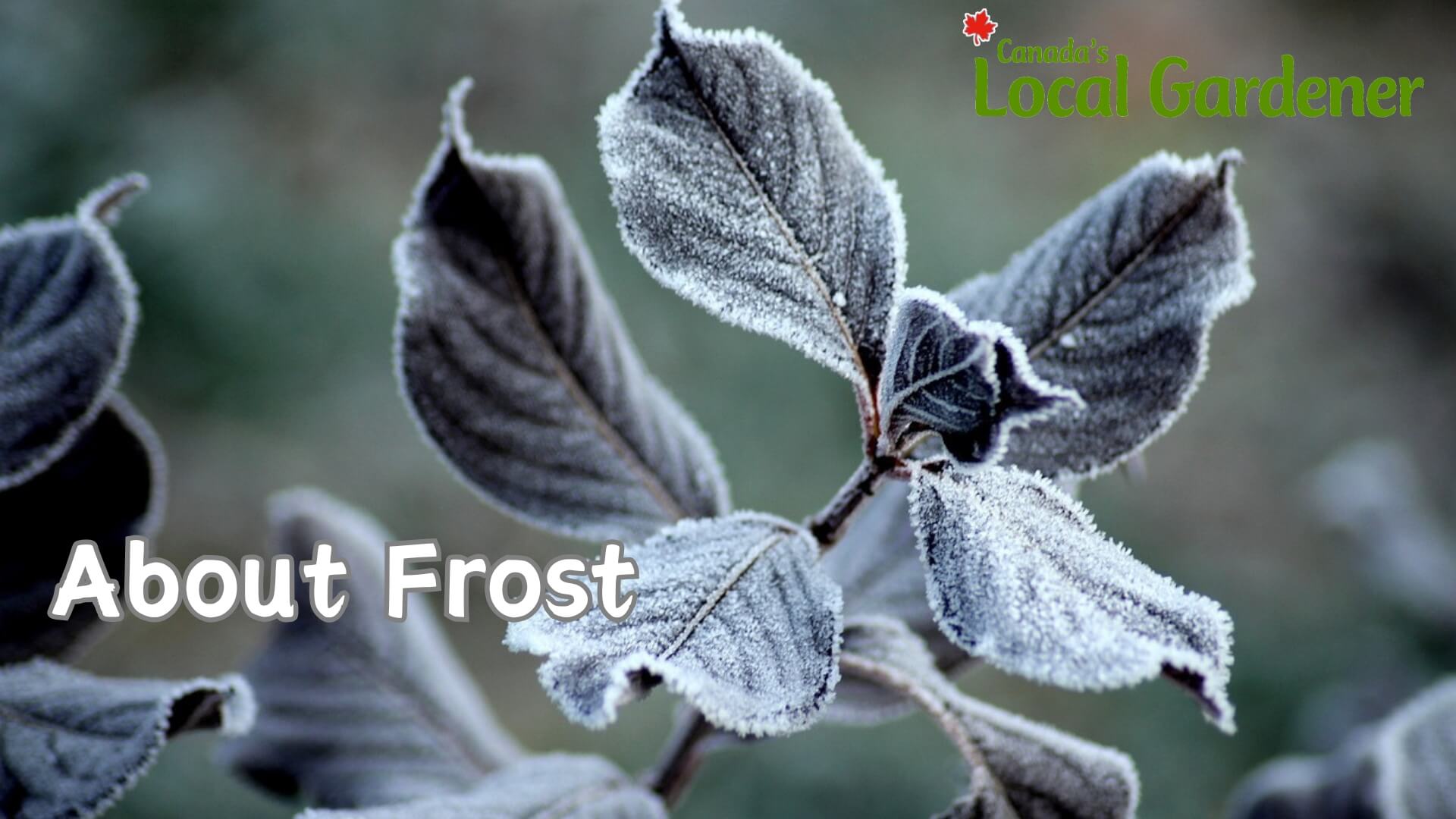About Pears
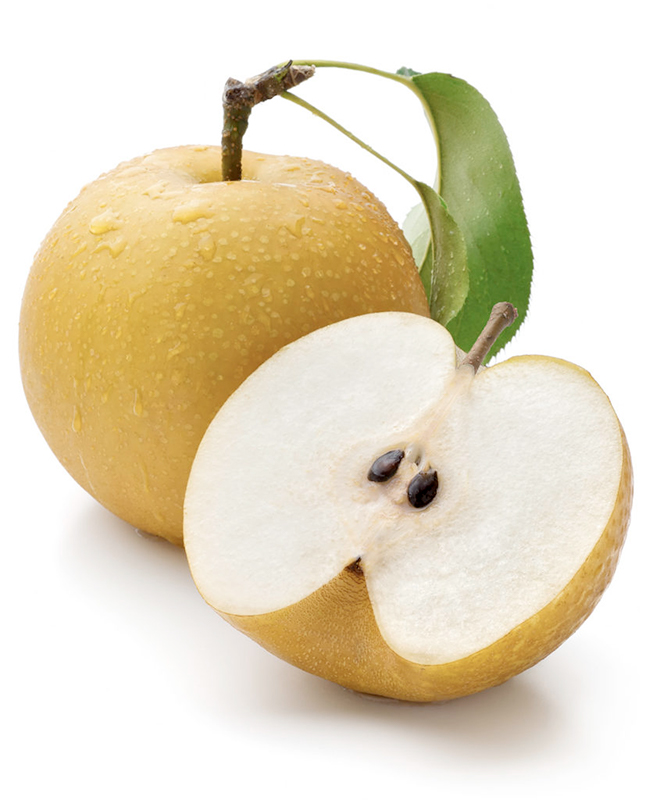
1. Old fruit.
Pears have been cultivated for at least 4000 years. The genus is believed to be from Western China, and to have spread through Europe and Asia, giving us about 20 species. We mostly eat varieties of Pyrus communis, like bartlett, in North America, sometimes venturing into Pyrus pyrafolia, the Asian apple-pear.
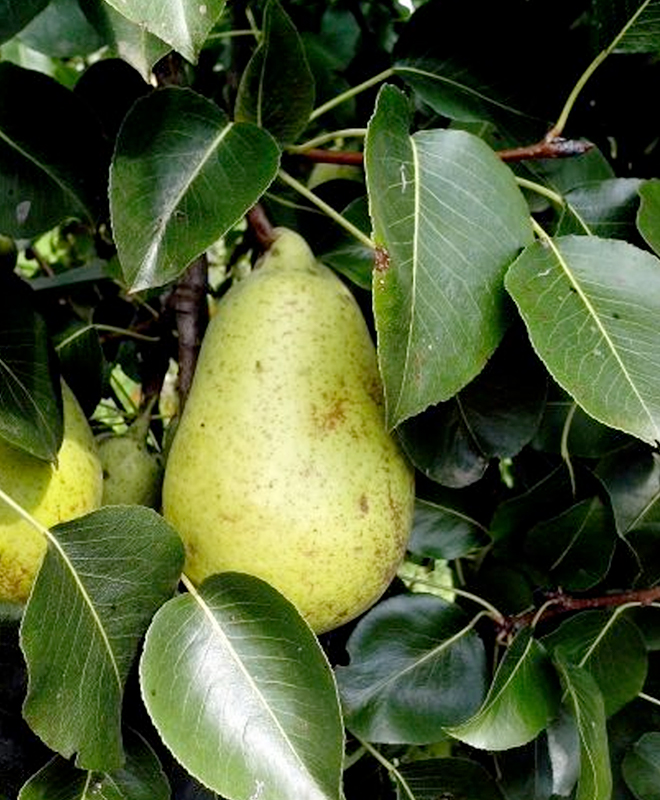
2. Hard fruit.
The fruit on many pear trees goes to waste owing to unknowing gardeners. They are supposed to be picked while they are still unripe. The fruit that ripen on the tree turn mealy. Pick them when fully formed but still hard and store them in a cold fridge for a bit. Then let them soften on a windowsill; you’ll be impressed. The problem then will be what to do with so many of the fruit all at once. Most don’t keep well.
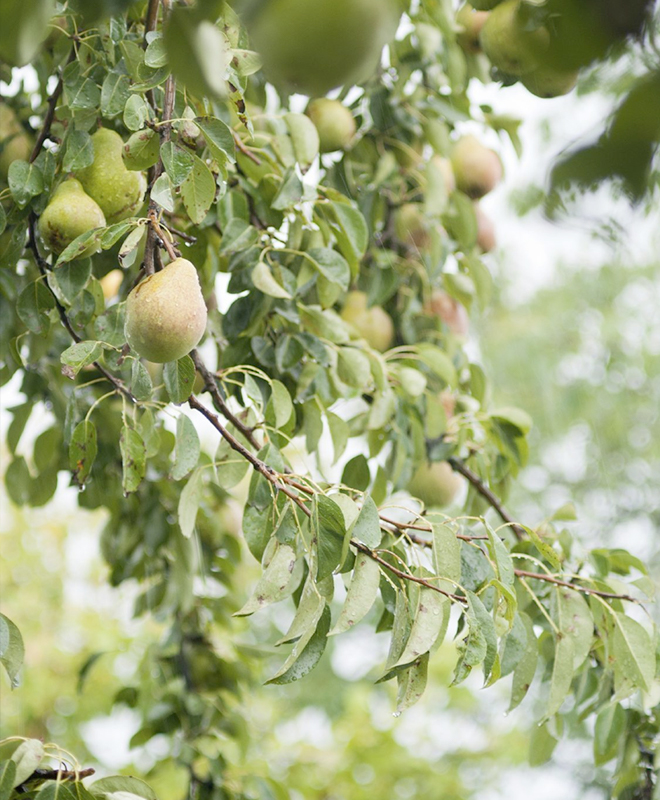
3. Hardy fruit.
Pears have a reputation for not being very hardy, but in fact, there are several varieties that are hardy to Zone 3 and possibly Zone 2. That means you can have a tree in Winnipeg, Edmonton or Thunder Bay. They may be small, but ripen them properly and they’ll be delicious.

4. Take two.
Most pears are not self-fertile, and those that are, aren’t as fertile as if there were another of the fruit nearby. The Ussurian pear is an excellent cultivar for fertilizing others and it is hardy to Zone 2. The fruit from this tree is not good for eating, but it is beautiful, with white blossoms in spring.
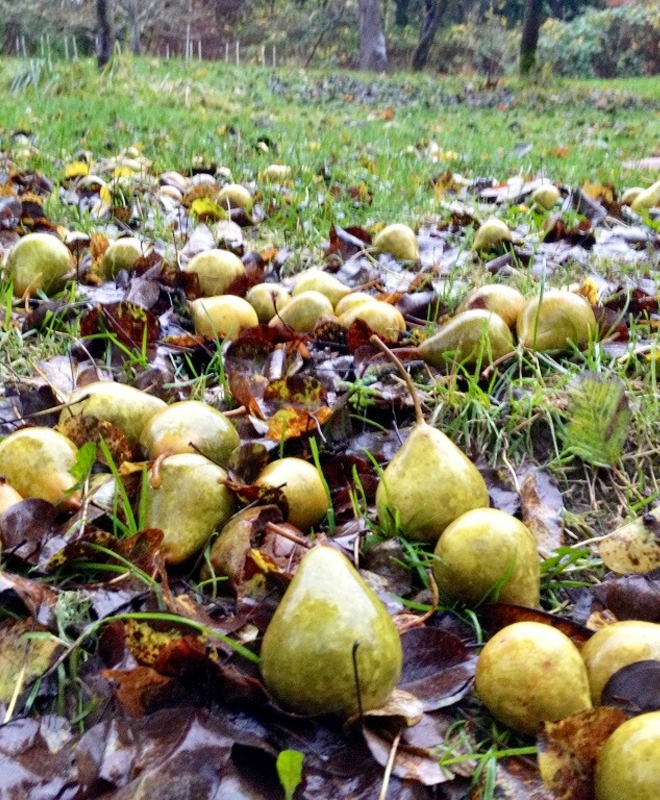
5. Low maintenance.
Once you have a pear established, it is a pretty low-maintenance tree. You need only prune it lightly in late winter, and make sure to gather all the fruits that fall to the ground. The biggest job is to use or give them all away!
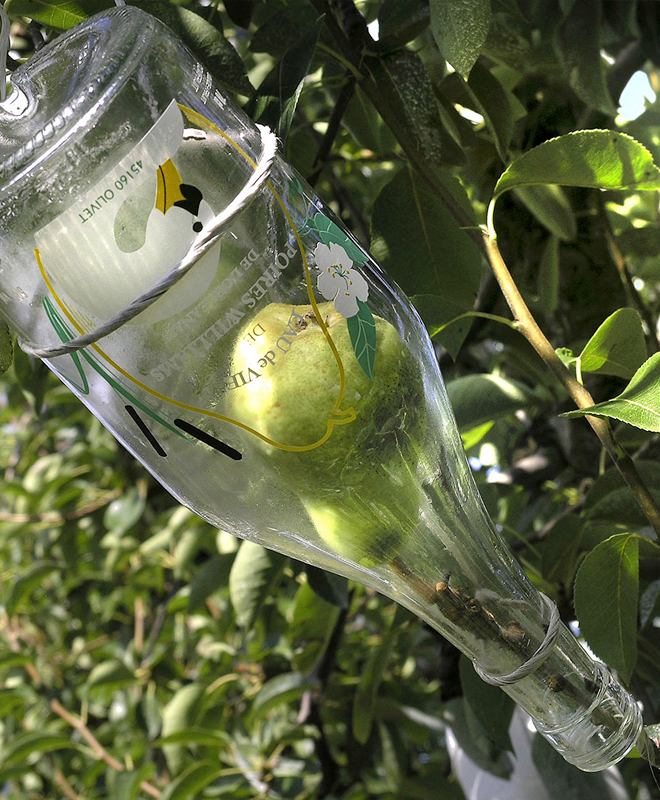
6. Boozy pears.
Perry is the name for cider made from pears. There is also poire Williams, a colourless fruit brandy, which often has a bartlett pear inside the narrow-necked bottle. (They do this by attaching bottles to sprouting fruit on the trees. Seriously.) And you can make your own liqueur by poaching them and steeping them in vodka for about a week then adding simple syrup.
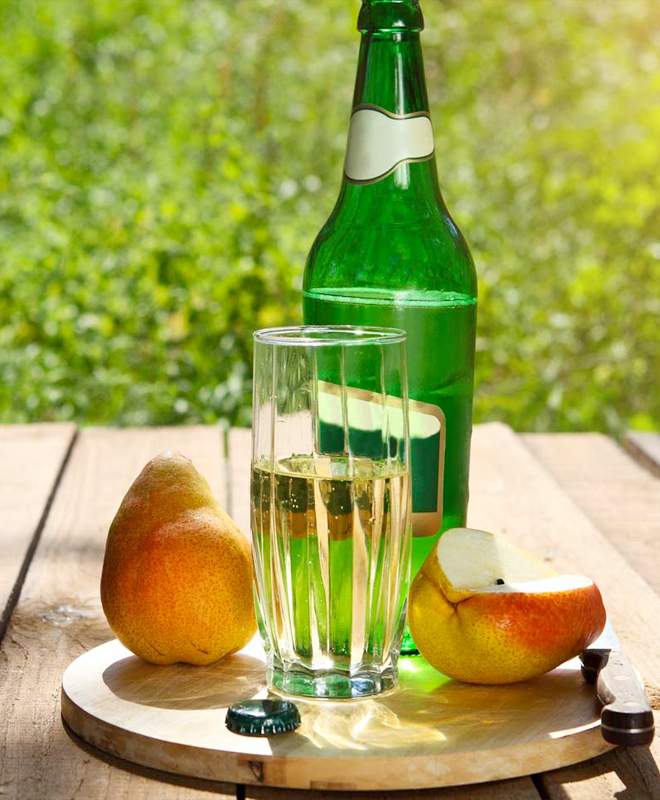
7. Perry pears.
As with grapes, the varieties of pears for making alcohol are different from the varieties for eating. Perry pears are more sour or bitter than those you usually see at the supermarket.
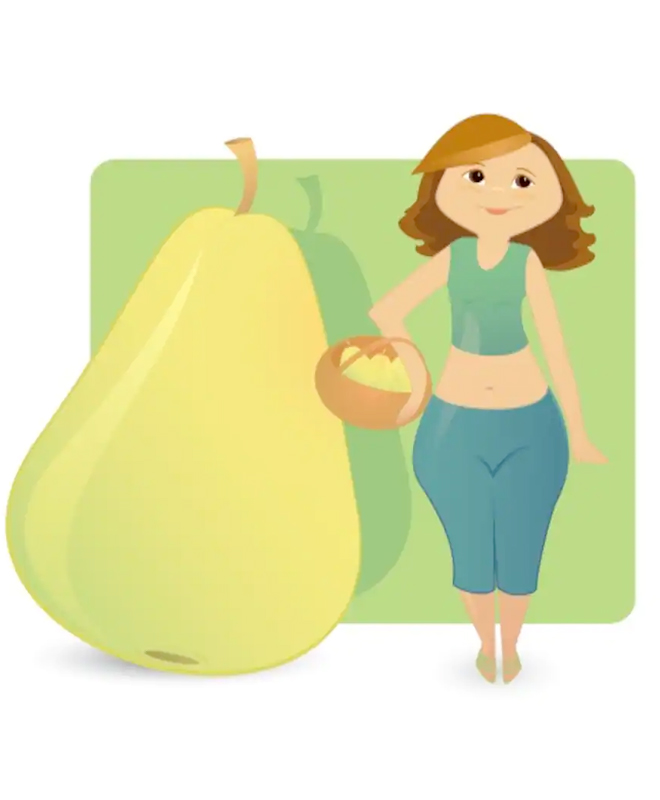
8. Pear-shaped.
If you (as a woman) have a pear-shaped body, that means your hips are wider than your chest or shoulders, which could be good or not so good. If you have a pear-shaped voice, though, it is “rich and sonorous”, according to the Oxford English Dictionary. But if you’re in a situation that has become pear-shaped, look out, because it means things have gone horribly wrong. One theory says that the “horribly wrong” meaning comes from Britain’s Royal Air Force and refers to badly executed loop-de-loops in a plane.
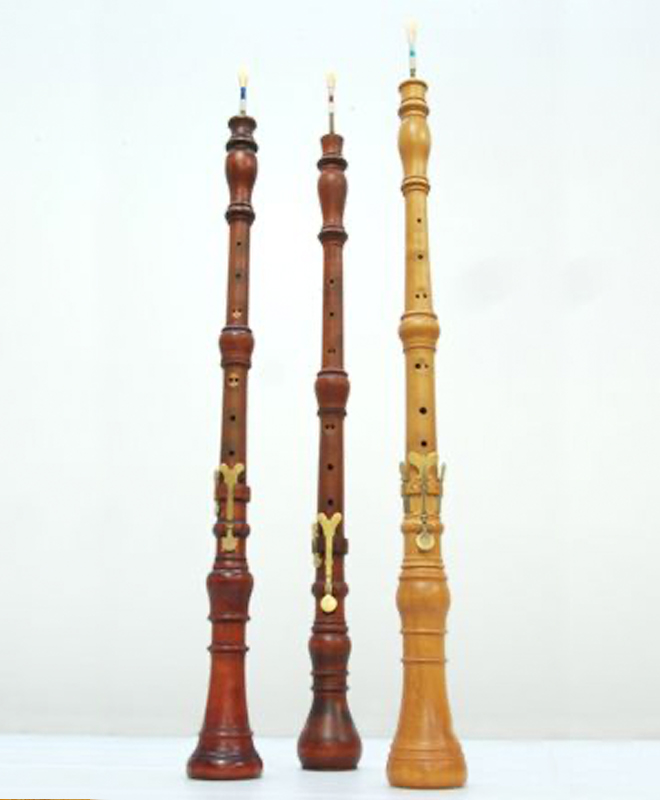
9. Pear wood.
The wood is traditionally favoured for making woodwind instruments in Europe and is also used for architects’ instruments because it doesn’t warp. It isn’t as popular in North America; here, black cherry is used.
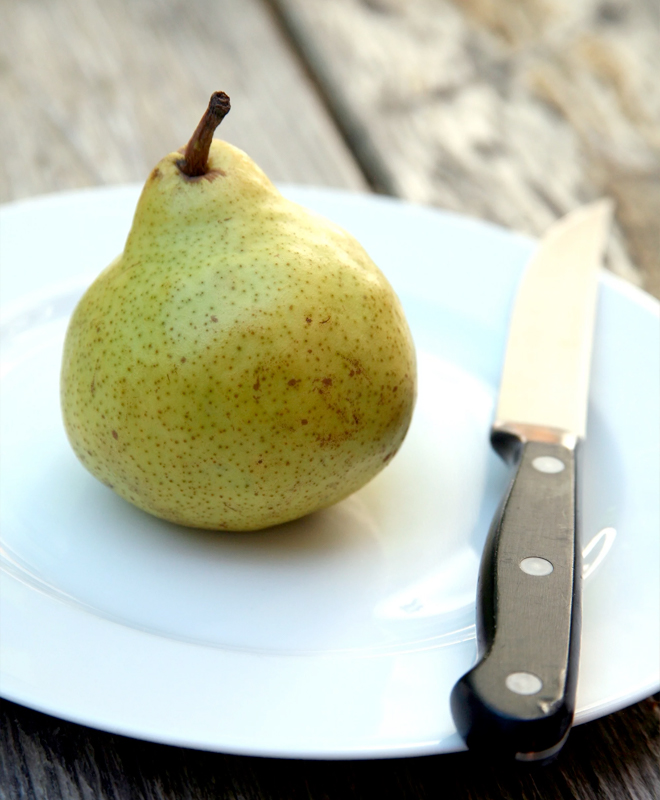
10. Delicious but not so nutritious.
Pears are high in water but not much else. There is almost no protein or vitamins and even the amount of dietary fibre is only good, not high; a typical fruit has about 6 grams of fibre. But that same fruit has only about 100 calories, so go ahead and partake!
– Shauna Dobbie Copyright©
Pegasus Publications Inc.


